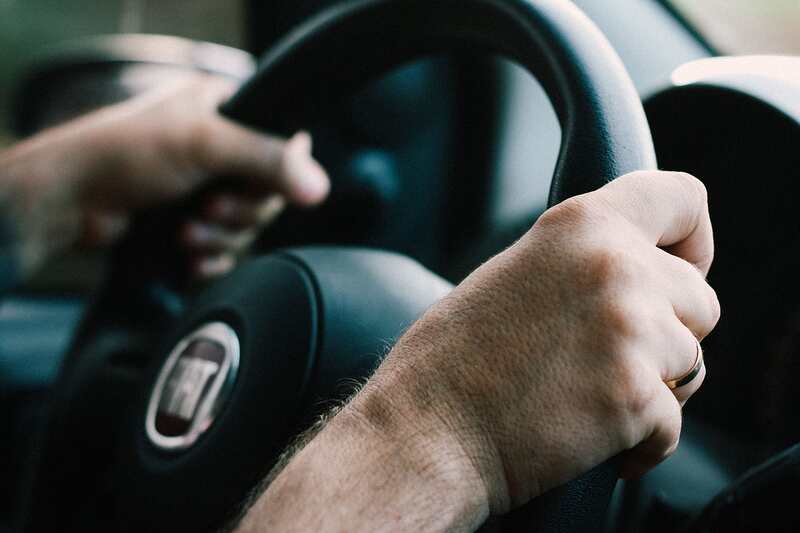A breach of duty of care is when someone entrusted with a responsibility fails to fulfill that duty. For example, if the driver of your car were speeding through a school zone and caused an accident, this would be considered negligence.
If you have been injured in a car accident due to someone’s breach of duty, you deserve to be compensated for your damages. To ensure that, Washington DC., has focused on developing driving safety laws that all drivers must follow. These strict laws exist to ensure that drivers know full responsibility for their actions and that the passengers and the pedestrians in the city also feel safe. However, sometimes due to different reasons, one can be in a car accident. An experienced Washington DC personal injury attorney will know how to build a strong case on your behalf and get you the maximum compensation possible. Following are some additional tips to help you identify a breach of duty of care.
What is a Breach of Duty of Care?
A duty of care is a legal obligation to act in a certain way, such as keeping other people safe. You must keep the passengers in the car and other drivers and pedestrians safe. Any negligence on your part, be it breaking a signal or improper maintenance of the vehicle, falls under breach of duty.
Identifying Negligence in a Car Accident
In a car accident, negligence can be found in how you drive and what you do with your vehicle. The duty of care is a requirement for drivers who wish to operate their vehicles on public roads or highways. The standard of care required by law varies from state to state, but it generally involves providing reasonable care to other road users.
Elements of Negligence in a Car Accident
- Duty of Care: Your duty of care is to ensure the safety of yourself and others on the road, which includes being aware of your surroundings and slowing down when necessary.
- Breach of Duty: A breach of duty occurs when you do not act according to what you should have done under the circumstances; for example, if you drive too fast or don’t wear your seatbelt and get into an accident with another car.
- Causation: It’s necessary to prove that negligence caused was the cause of the accident; this is called causation. For example, if you suffer a medical condition while driving and it results in an accident, you will not be held responsible. However, if you take prescription drugs that impair your judgment, you will be responsible for the damages.
Legal Cause/Proximate Cause
If you’re driving on public property and you go through a stop sign without slowing down and hit someone crossing at an intersection, then your failure to stop could be considered “the legal cause.”
The proximate cause of damages is what caused them—whether it be something that happened in traffic or on private property. In some jurisdictions (such as Florida), this also includes liability for injuries sustained from defective spare parts installed in the vehicle. The law is intricate and complex, but it can be summed up as: “The driver failed to provide a safe environment for others to drive.” In other words, if you were injured as a passenger or pedestrian on the road because another driver failed to meet their duty of care requirements, you may have grounds for legal action against them under this doctrine.


